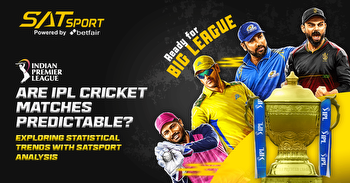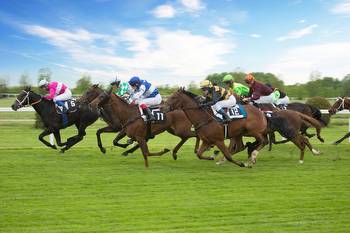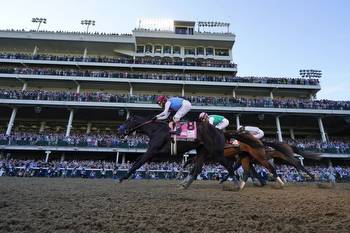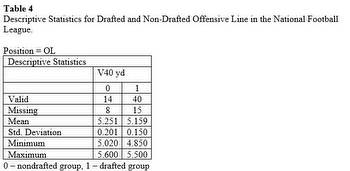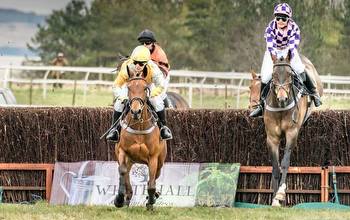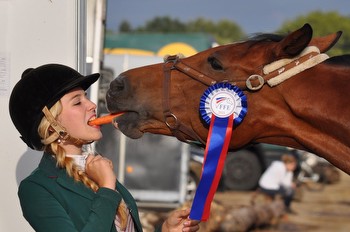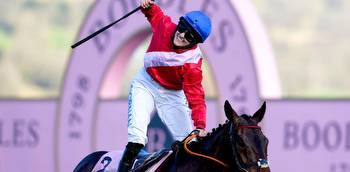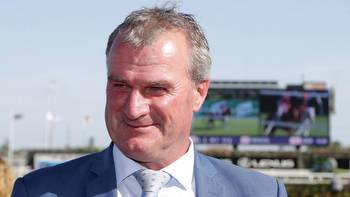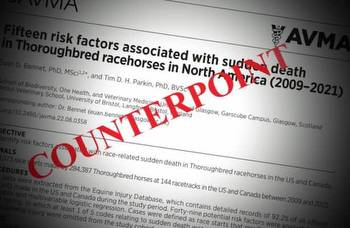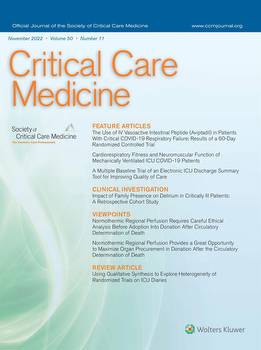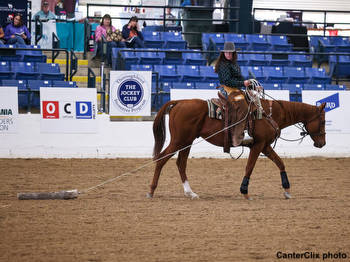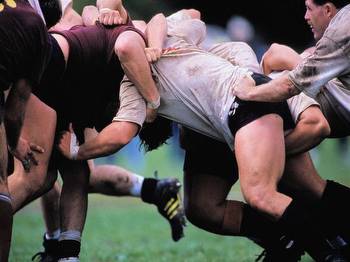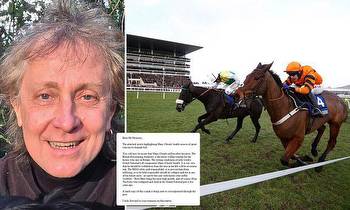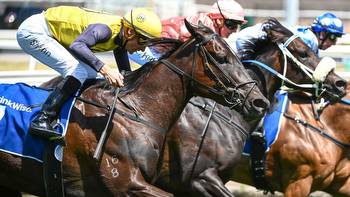Treadmill results point to career potential of Standardbreds
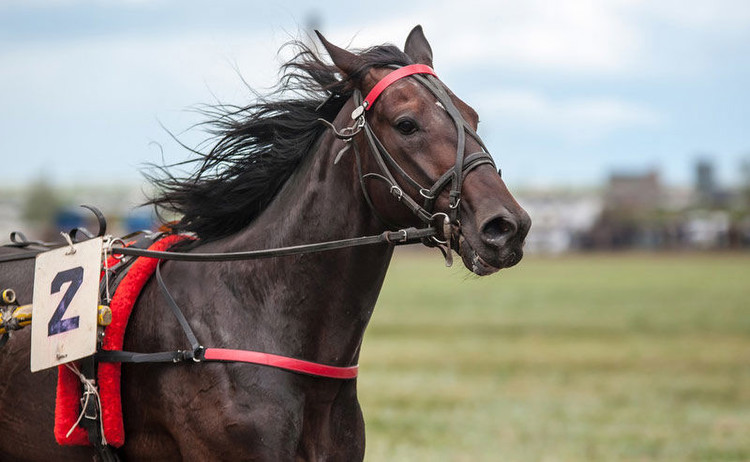
Parameters obtained during treadmill tests can reflect both the racing outcomes and career potential of racehorses, researchers report.
Poor athletic performance is a common issue in racehorses, Chiara Maria Lo Feudo and her fellow researchers noted in the journal PLOS ONE.
“Studies on poor performance either rely on trainers’ and owners’ opinions, reflecting their subjective impressions and expectations, or attempt to profile and quantify performance through measurable parameters.”
In particular, the assessment of various fitness parameters obtained during and/or after exercise tests has been proposed.
Various methods and measures have been employed, they said, but discrepancies have been revealed in the results.
“The need for a consensus on which measures properly quantify racing performance has recently been highlighted, as some of them only reflect the athletic longevity of racehorses, and others the quality and success of their career.
“Moreover, as physiological responses during exercise can be efficiently improved by training, it is possible that individual variations become less obvious with increasing age and training status.”
Researchers in the University of Milan study hypothesized that fitness parameters measured through exercise tests may predict the racing career in poorly performing racehorses, and that their relevance may vary with age.
In their research, they sought to compare a range of fitness parameters obtained during a standardized treadmill test with various racing outcome measures across several time periods.
Their retrospective study centered on a review of the medical records of the Standardbred racehorses who underwent an incremental treadmill test between 2002 and 2021 at the Equine Sports Medicine Unit, part of the Veterinary Teaching Hospital at the Italian university.
They examined the treadmill performance of each horse alongside their racing results.
The study population consisted of 245 horses who were in full training upon admission. All had been referred to the hospital for an examination of poor performance.
Besides a physical examination and blood laboratory analysis, a baseline electrocardiogram and incremental exercise test on a treadmill were performed on all horses. Several fitness parameters were assessed on the treadmill.
Further diagnostic procedures were selected based on history, clinical findings, and diagnostic suspicion.
Correlations with racing data (the number of starts, wins and placings) in the three months before and six months after examination were evaluated. Their associations and predictive power for lifetime racing results and earnings were also explored.
Models predicting the total number of career starts, wins and earnings based on fitness parameters were constructed, controlling for age, weight, and sex.
The study team found that the maximum speed and the speed at the aerobic threshold were parameters that correlated with the most racing results, in the three evaluation periods (three months before, six months after, and lifetime).
Other parameters predictive of career outcomes were maximum blood lactate concentration and maximum hematocrit levels.
“Interestingly, in two-year-old Standardbreds, the only parameters correlated with racing results were maximum hematocrit and minimum pH, suggesting they may reflect individual potential.”
They hypothesized that hematocrit may be of special interest exclusively in young horses as it may reflect their potential in oxygen-carrying capacity, while in adult horses it may lose importance as the aerobic capacity can be trained and many more biases may interfere with performance.
The researchers found that the racing results of horses obtained before and after examination were predictive of lifetime career, with those following hospitalization being more strongly correlated.
Discussing their findings, the researchers said the absence of correlations in two-year-olds suggests that, at the moment of the treadmill examination, younger horses had not yet reached the fitness that would represent their career.
They therefore suggest that studies on performance should consider two-year-old horses separately from older horses.
They said it was not surprising that the maximum speed reached was positively correlated with all racing outcomes before admission in three-year-old horses, and in the whole career in adult horses. It proved significant in models for the prediction of the total number of wins and earnings.
“Therefore, our results suggest that V max (peak treadmill speed) should be considered as one of the most important parameters for poor performance evaluation and career success prediction.”
Concerning the predictive value of the racing results in the period around examination, significant correlations with lifetime career were identified for both the three-month period before admission, and the following six months.
“First, horses taking part in more races in the three months before admission had a longer and more successful career. Similarly, the number of wins and placings in the three months before admission were correlated to a better quality of the lifetime career.
“Also the quality, expressed as the ratios between wins and starts and placings and starts, before admission was correlated with the lifetime quality, including average earnings per start.
“The racing results in the six months after examination were more strongly correlated with the whole career, probably because they better reflect the horse quality, as it has presumably been treated for poor performance and has returned to good fitness.”
Horses taking part in more races after examination also had a longer and more successful career.
“The number of wins, placings, and their ratios in relation to the number of starts, were positively correlated with all the lifetime outcome parameters, suggesting that they are good indices of longevity and quality of the career.
“These results suggest that monitoring race outcomes in the six months after examination may be useful for the prediction of the lifetime results, and for supporting trainers to make decisions on their horses’ careers.”
The overall results, they said, confirm the usefulness of a standardized treadmill test for the evaluation of poor performance and the prediction of racing outcomes in Standardbred racehorses. The monitoring of racing results in the period right after hospitalization may aid the decision-making process on Standardbreds’ careers.
“In conclusion,” they said, “parameters obtained during treadmill tests both reflect the racing outcomes and the career potential.”
The study team, all with the University of Milan, comprised Lo Feudo, Luca Stucchi, Giovanni Stancari, Bianca Conturba, Chiara Bozzola, Enrica Zucca and Francesco Ferrucci.
Lo Feudo CM, Stucchi L, Stancari G, Conturba B, Bozzola C, Zucca E, et al. (2023) Evaluation of fitness parameters in relation to racing results in 245 Standardbred trotter horses submitted for poor performance examination: A retrospective study. PLoS ONE 18(10): e0293202. https://doi.org/10.1371/journal.pone.0293202
The study, published under a Creative Commons License, can be read here.

